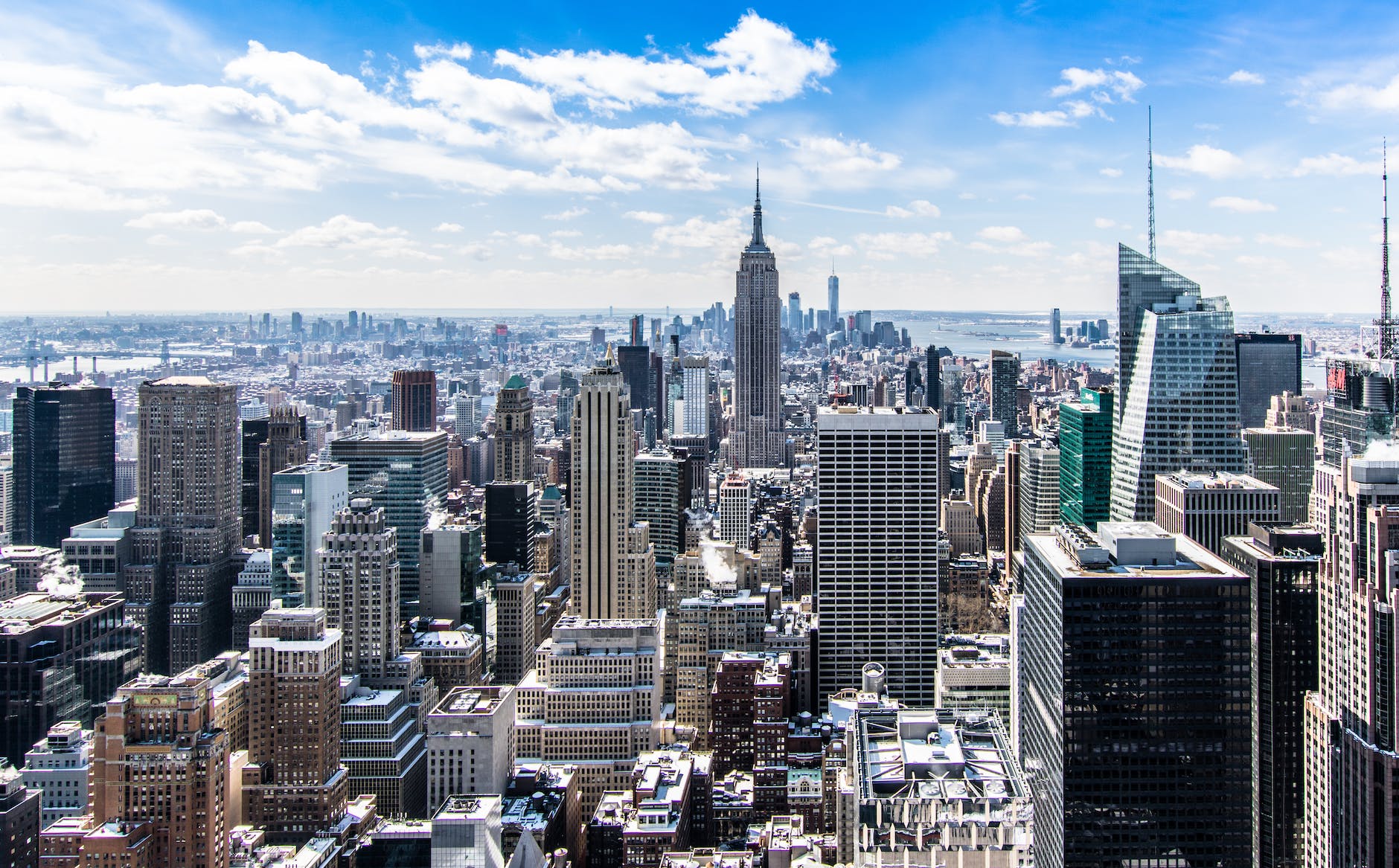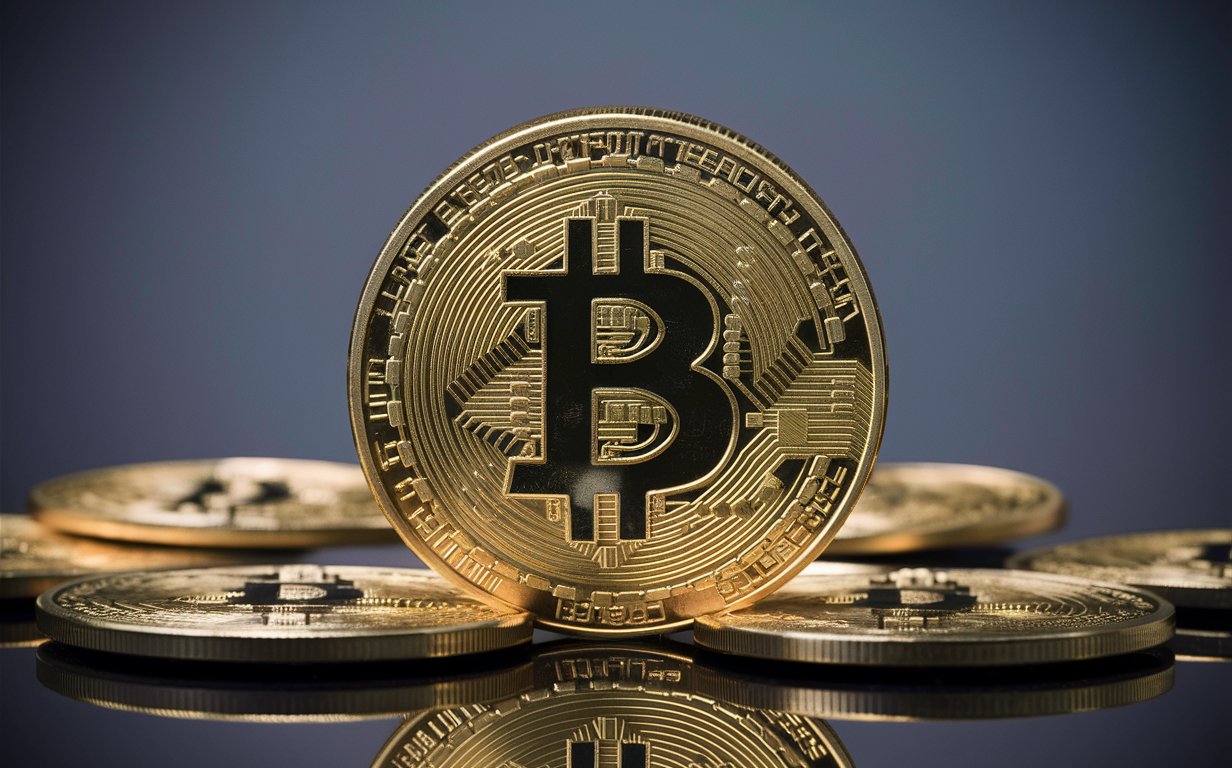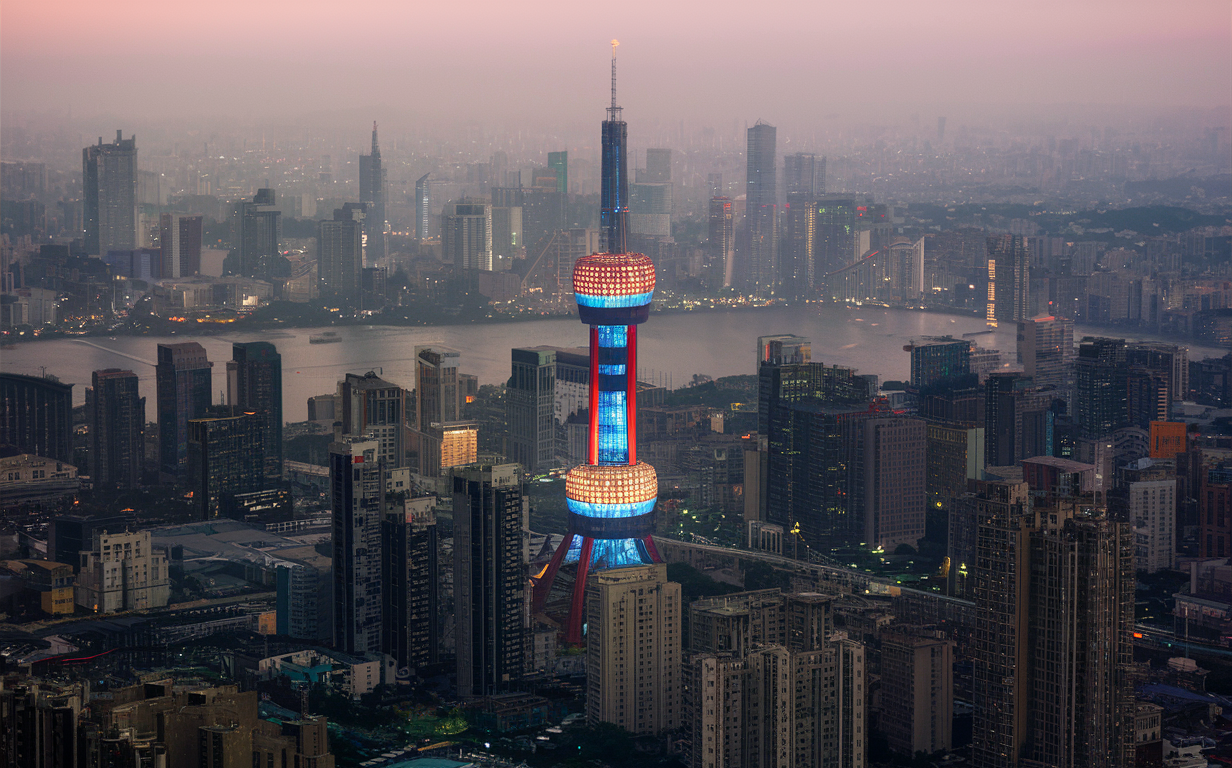Economy
Unveiling the Megacities: A Comprehensive Look at the World’s Urban Giants

Table of Contents
Introduction
In the vast canvas of global urbanization, megacities emerge as the epicentres of human civilization, shaping the narrative of our collective existence. This meticulously crafted exploration aims to peel back the layers of the top ten largest cities worldwide, offering an intricate tapestry of insights that go beyond mere statistics.
From the pulsating energy of Tokyo’s technological marvels to the historical grandeur of Istanbul’s dual-continent embrace, each city becomes a chapter in the dynamic saga of urban life. Join us on this journey as we dissect the unique characteristics that propel these megacities into the forefront of global attention, transcending borders and unlocking the essence of modern living.
1. Tokyo: A Technological Wonderland

Tokyo, the pulsating heart of Japan, emerges as a seamless blend of tradition and innovation. Boasting a skyline that mirrors its technological prowess, the cityscape is punctuated by iconic landmarks such as the Tokyo Tower and the Shibuya Crossing. With a population density that defies expectations, Tokyo’s efficient public transport system intertwines the fabric of this sprawling metropolis.
2. Delhi: The Cultural Melting Pot

In the vibrant tapestry of India, Delhi stands tall as a cultural melting pot. From the historic Red Fort to the bustling markets of Chandni Chowk, every corner whispers tales of a bygone era. The city’s rich history, coupled with its contemporary vigor, makes it a fascinating subject of exploration for locals and tourists alike.
3. Shanghai: The Economic Powerhouse

Shanghai, a beacon of China’s economic ascent, commands attention with its glittering skyline along the Huangpu River. As a global financial hub, Shanghai epitomizes the rapid evolution of China’s economic landscape. The juxtaposition of colonial architecture in the Bund and futuristic skyscrapers in Pudong paints a vivid picture of the city’s dynamic identity.
4. São Paulo: Latin America’s Megacity

São Paulo, the sprawling megalopolis of Brazil, pulsates with a rhythm uniquely its own. Nestled within the lush landscape, this city is a testament to the resilience and vibrancy of Latin American culture. From the bustling Paulista Avenue to the tranquillity of Ibirapuera Park, São Paulo captivates with its diverse offerings.
5. Mumbai: The Maximum City

Mumbai, India’s financial powerhouse, unfolds as a narrative of contrasts. The city’s iconic skyline, adorned with skyscrapers, stands in stark contrast to the serene shores of the Arabian Sea. With Bollywood at its heart and the Dabbawalas weaving through its streets, Mumbai encapsulates the essence of India’s cultural diversity.
6. Beijing: Where Tradition Meets Modernity

Beijing, China’s ancient capital, showcases a kaleidoscope of history and innovation. From the Forbidden City, a testament to imperial grandeur, to the avant-garde architecture of the Bird’s Nest Olympic Stadium, Beijing seamlessly intertwines its rich heritage with a vision for the future.
7. Istanbul: Bridging Continents

Istanbul, straddling Europe and Asia, unfolds as a city where history and geography converge. The Hagia Sophia and the Blue Mosque are timeless witnesses to the city’s imperial past. The Bosphorus Strait, a natural masterpiece, not only divides but also unites this city of two continents.
8. Lahore: Pakistan’s Cultural Gem

Lahore, a jewel in Pakistan’s crown, resonates with an aura of cultural grandeur. Standing as architectural marvels, the Lahore Fort and Badshahi Mosque reflect the city’s Mughal legacy. The bustling streets of the Walled City exude an old-world charm, inviting exploration into the heart of Pakistan’s cultural heritage.
9. Shenzhen: The Silicon Valley of Asia

Shenzhen, a testament to China’s technological prowess, emerges as the Silicon Valley of Asia. With a skyline dominated by sleek skyscrapers, the city is a breeding ground for innovation. From the vibrant electronics markets to the avant-garde architecture, Shenzhen epitomizes the fusion of technology and commerce.
10. Jakarta: Southeast Asia’s Megacity

Jakarta, the vibrant capital of Indonesia, unfolds as a sprawling metropolis between the Java Sea and the Bogor Highlands. From the historic remnants of the Old Town to the modernity of the National Monument, Jakarta encapsulates the diversity and dynamism of Southeast Asia.
Conclusion
By dissecting the stories of these megacities, we are able to see beyond national borders and gain insight into the global pulse of urban life. Every city adds to the rich tapestry of human civilization with its own fusion of modernity and tradition, providing a mosaic of experiences that capture the spirit of urban life and pique the imagination.
Crypto
Bitcoin Rebounds from Slump Triggered by Iran’s Attack on Israel: Analyzing Market Sentiment and Investor Reactions

Table of Contents
Introduction
On April 13, 2024, Bitcoin experienced a significant price drop following the escalation of tensions between Iran and Israel. The attack on Israel by Iran led to a sharp decline in the price of Bitcoin, causing concern among investors and market analysts. However, the cryptocurrency market has shown resilience, with Bitcoin rebounding from the slump, indicating a potential recovery in the market. In this blog article, we will analyze the impact of the geopolitical event on Bitcoin’s price, market sentiment, and investor reactions.

Impact on Bitcoin Price
The attack on Israel by Iran led to a significant drop in the price of Bitcoin, with the cryptocurrency experiencing a sharp decline in its value. According to CoinMarketCap, the price of Bitcoin dropped from $25,987.73 to $24,427.20 within a few hours of the news. This decline can be attributed to the uncertainty and fear among investors, as geopolitical events can have a significant impact on the global economy and financial markets.
Market Sentiment
The sudden drop in Bitcoin’s price led to a wave of panic among investors, causing a shift in market sentiment. According to data from CoinMarketCap, the market sentiment for Bitcoin shifted from “Neutral” to “Negative” within hours of the news. This change in sentiment can be attributed to the fear of potential economic instability caused by the geopolitical event.
Geopolitical Events and Bitcoin
Geopolitical events have a significant impact on the cryptocurrency market, particularly on the price of Bitcoin. In recent years, we have seen how events such as the Russia-Ukraine conflict, the COVID-19 pandemic, and the ongoing US-China trade war have affected the cryptocurrency market. The attack on Israel by Iran is just another example of how geopolitical events can cause volatility in the market.
Investor Reactions
The sudden drop in Bitcoin’s price led to a wave of panic among investors, causing some to sell their holdings in a bid to minimize their losses. However, other investors saw this as an opportunity to buy Bitcoin at a lower price, believing that the cryptocurrency would recover in the long run. This divergence in investor reactions highlights the inherent volatility of the cryptocurrency market and the importance of understanding market sentiment and geopolitical events.
Recovery and Future Outlook
Despite the initial decline, Bitcoin has shown resilience and has started to recover from the slump. As of the time of writing, the price of Bitcoin has rebounded to $25,537.95, indicating a potential recovery in the market. However, the long-term outlook for Bitcoin remains uncertain, as the cryptocurrency market is heavily influenced by geopolitical events and market sentiment.
Conclusion
The attack on Israel by Iran led to a significant drop in the price of Bitcoin, causing panic among investors and uncertainty in the market. However, the cryptocurrency has shown resilience and has started to recover from the slump. As we move forward, it is essential to monitor geopolitical events and market sentiment to understand the potential impact on the cryptocurrency market.
China
Navigating the Economic Transformation: China’s Future Depends on Microeconomic Policies

Introduction
China’s economic growth has been a significant global phenomenon, with its rapid expansion driving global trade and shaping the global economy. However, as China enters a new phase of its economic development, it faces challenges that require a shift in focus from macroeconomic stimulus to microeconomic policies. This article explores the importance of microeconomic policies in China’s future economic growth and the implications for businesses and markets.

I. The Limitations of Macroeconomic Stimulus
- Temporary Boost: Macroeconomic stimulus, such as government spending and monetary policy, can provide a temporary boost to the economy. However, it does not address the underlying structural issues that hinder long-term growth.
- Amplifying Economic Shortcomings: Macroeconomic stimulus can exacerbate economic imbalances and inefficiencies, leading to a more significant correction in the future.
II. The Importance of Microeconomic Policies
- Structural Reforms: Microeconomic policies focus on structural reforms that address the root causes of economic challenges. These reforms can include labor market reforms, regulatory changes, and infrastructure investments.
- Encouraging Business Transformation: Microeconomic policies can create an environment that encourages businesses to transform and adapt to changing market conditions. This can lead to increased productivity, innovation, and competitiveness.
III. The Role of Businesses in China’s Economic Transformation
- Adapting to Market Changes: As China’s economy evolves, businesses must adapt to new market conditions and consumer preferences. This may involve shifting from traditional industries to more innovative and technology-driven sectors.
- Embracing Innovation: To prosper in the new economic environment, businesses must embrace innovation and technological advancements. This can include investing in research and development, adopting new technologies, and fostering a culture of innovation.
IV. Implications for Markets and Investors
- Changing Market Dynamics: As China’s economic focus shifts from macroeconomic stimulus to microeconomic policies, market dynamics will change. Investors should be prepared for a more volatile and uncertain market environment.
- Opportunities for Investors: The shift to microeconomic policies presents opportunities for investors in sectors that benefit from structural reforms and business transformation. These may include technology, healthcare, and environmental sectors.
Conclusion
China’s future economic growth depends on its ability to navigate the complex transition from macroeconomic stimulus to microeconomic policies. This requires a focused effort on structural reforms, business transformation, and a shift towards innovation and technology. As China embarks on this transformation, businesses and investors must adapt to the changing market conditions and seize the opportunities presented by the new economic environment.
Economy
Understanding the Latest Inflation Figures: Causes, Consequences, and the Fed’s Response

Introduction
Inflation, the rate at which the general level of prices for goods and services is rising, has been a topic of concern for economists and policymakers alike. Recently, the US inflation rate has risen to 2.5%, according to the Federal Reserve’s preferred measure, the Personal Consumption Expenditures (PCE) index. This figure is in line with economists’ expectations but remains above the central bank’s target of 2%. In this blog article, we will delve into the causes of this inflation rise, its impact on the economy, the Federal Reserve’s response, and the potential future implications.
Causes of Inflation:
- Supply Chain Disruptions: The COVID-19 pandemic has caused significant disruptions in global supply chains, leading to increased demand for goods and services.
- Fiscal Policy: Government spending and tax policies can influence inflation by increasing the demand for goods and services, leading to higher prices.
- Monetary Policy: The Federal Reserve’s actions, such as adjusting interest rates, can impact inflation by influencing the supply of money and credit in the economy.
Impact of Inflation on the Economy:
- Consumer Prices: Inflation directly affects the prices consumers pay for goods and services, potentially reducing their purchasing power.
- Interest Rates: Central banks, like the Federal Reserve, may adjust interest rates to control inflation, which can impact borrowing costs and economic growth.
- Economic Stability: High and persistent inflation can lead to economic instability, as businesses and consumers struggle to predict future prices.
Fed’s Response to Inflation:
- Interest Rate Adjustments: The Federal Reserve has the ability to adjust interest rates to control inflation, which can impact borrowing costs and economic growth.
- Communication: The Fed communicates its monetary policy decisions and future expectations to the public, which can influence market expectations and economic behavior.
- Inflation Targets: The Fed has set a target inflation rate of 2%, which it aims to maintain over the long term.
Future Implications of Inflation:
- Monetary Policy: The Fed’s response to inflation will depend on its assessment of the current economic situation and future expectations.
- Economic Growth: High and persistent inflation can negatively impact economic growth, as businesses and consumers may reduce spending and investment due to uncertainty.
- Policy Coordination: Central banks, governments, and international organizations may need to coordinate their policies to address inflation and promote economic stability.
Conclusion
The recent rise in US inflation to 2.5% is a cause for concern, as it remains above the Federal Reserve’s target. Understanding the causes of this inflation, its impact on the economy, and the Fed’s response is crucial for policymakers and investors alike. By addressing these issues, we can work towards maintaining economic stability and promoting sustainable growth.
-

 Featured3 years ago
Featured3 years agoThe Right-Wing Politics in United States & The Capitol Hill Mayhem
-

 Elections 20242 months ago
Elections 20242 months agoAnalyzing Trump’s Super Tuesday Triumph and Nikki Haley’s Strategic Moves
-

 News2 years ago
News2 years agoPrioritizing health & education most effective way to improve socio-economic status: President
-

 China3 years ago
China3 years agoCoronavirus Pandemic and Global Response
-

 Canada3 years ago
Canada3 years agoSocio-Economic Implications of Canadian Border Closure With U.S
-

 Conflict3 years ago
Conflict3 years agoKashmir Lockdown, UNGA & Thereafter
-

 Democracy3 years ago
Democracy3 years agoMissing You! SPSC
-

 Democracy3 years ago
Democracy3 years agoPresident Dr Arif Alvi Confers Civil Awards on Independence Day
























